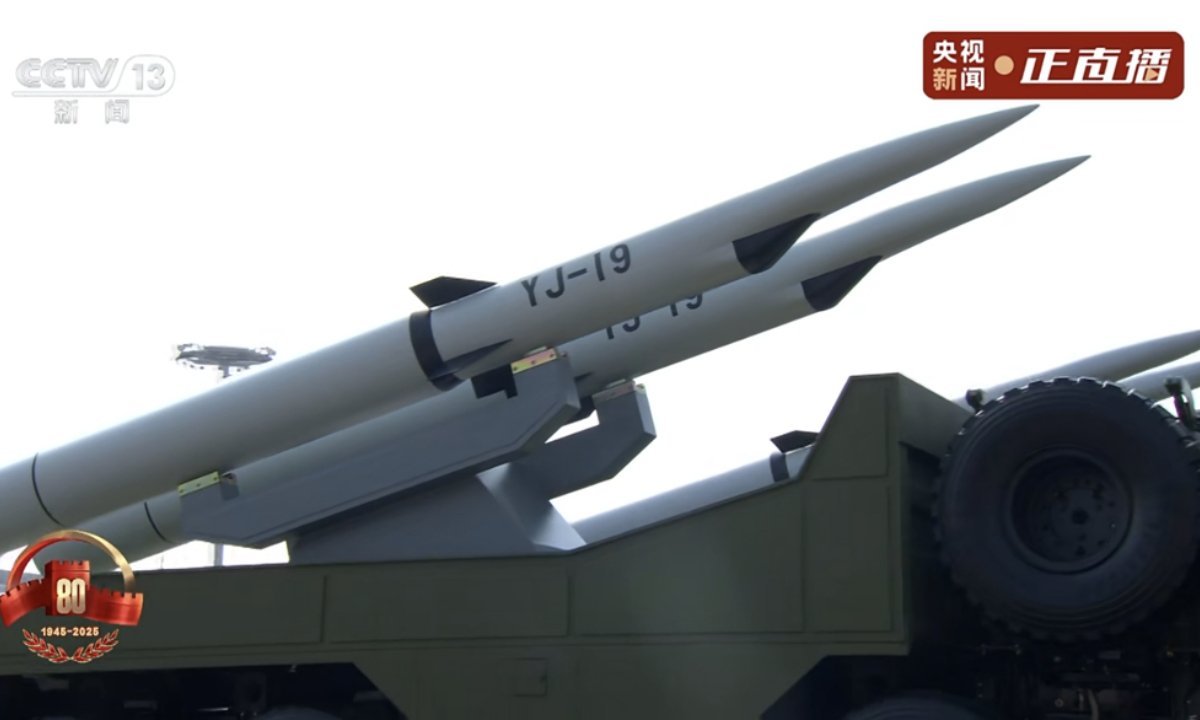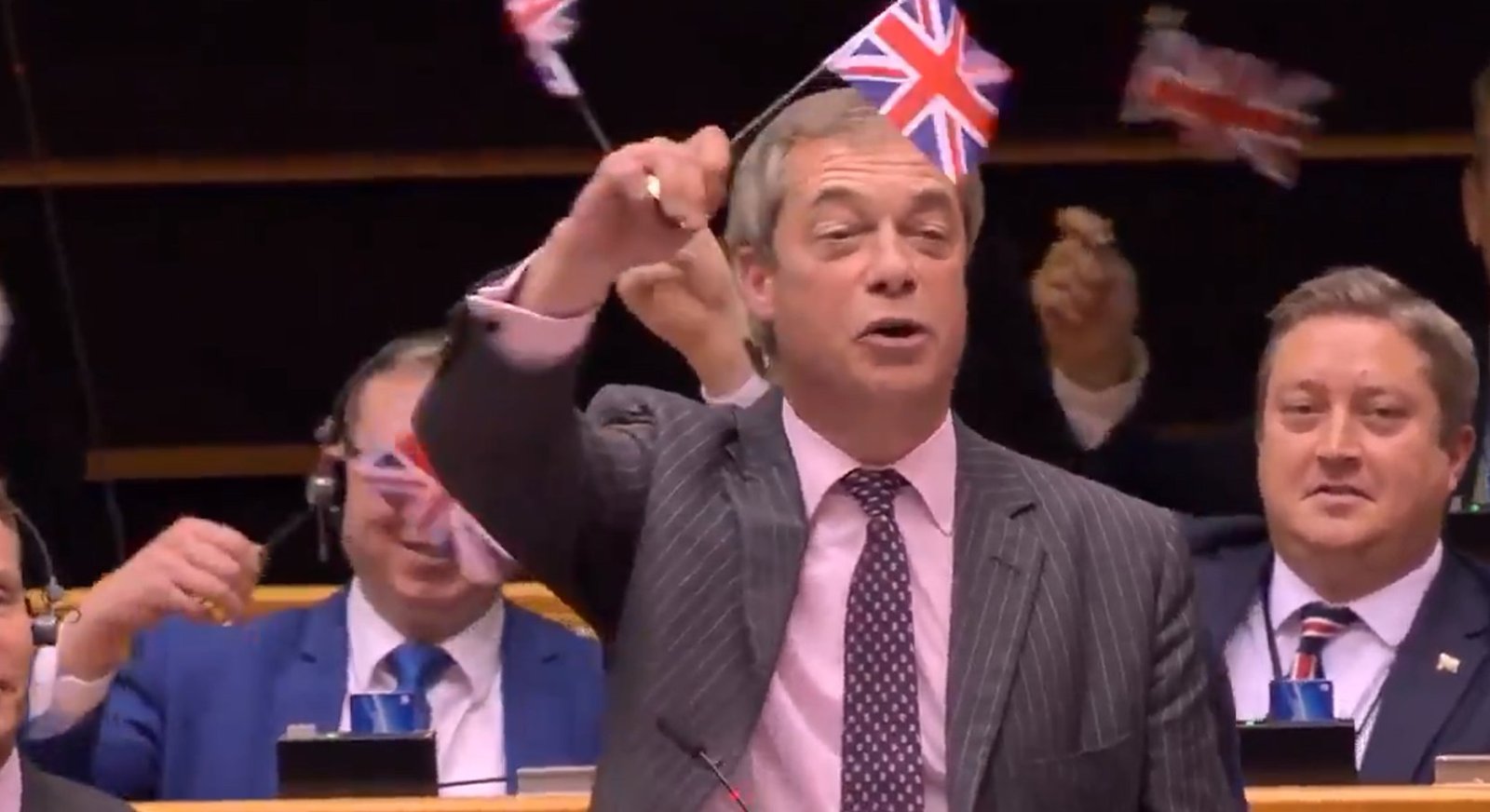
Alexander Dugin: An even deeper deep state and the “Dark Enlightenment”
Russia, March 8, 2025 – An analysis of how Donald Trump managed to come to power in the USA and start a real revolution compared to the previous course of liberal globalism, which lasted decades, raises many serious questions. Especially if we take into account the deep state factor. After all, the Trumps declared a real war on this deep state, began to wage it and have already achieved several significant results in it – the closure of USAID alone is worth it.
The Trumps themselves understand the “deep state” as something quite specific. This is a ruling elite with a liberal-democratic ideology (both left-wing and neoconservative), firmly entrenched in the US government, supported by the financial, military and high-tech oligarchy, as well as penetrating the intelligence services through their networks. This elite has linked the fate of America and the entire West with globalism, unipolarity, and the planetary spread of the ideology of awakening, including the legalization of perversion, the forced mixing of ethnicities through supported mass migration, and the weakening of sovereign nation-states.
Trump has put forward the exact opposite ideology – the MAGA ideology. It is built on polar opposite foundations: traditional values, the normal division of the sexes (there are only men and women), the protection of nations from mass and especially illegal migration, the strengthening of sovereignty and the preservation of nation-states, the recognition of a multipolar world (in Trump’s interpretation, it is called the “great power order”). Given the consequences of such a paradigm shift for international politics, ideological and even geopolitical upheavals are occurring. A complete redrawing of the cards and a new distribution of the roles of “friend”/”enemy” in both domestic and foreign policy of the United States.
Trump outlined all this in his election campaign (quite in the spirit of Project 2025, which he formally abandoned but which, as we see, is rapidly coming to life). After his inauguration, he immediately began to implement these plans, appointing his strong supporters to key positions in the new administration and giving them extraordinary powers (J.D. Vance, Elon Musk, Pete Hegseth, Tulsi Gabbard, Kash Patel, Robert Kennedy Jr., Pamela Bondi, Caroline Leavitt, and so on). Finally, on March 3, in his speech before both houses of the US Congress, Trump gave his program its final form, summarizing all the main theses in a single document that becomes the blueprint for his conservative revolution. However, even before that, when analyzing the phenomenon of the Trump revolution, to which I dedicated my last book, I hypothesized that he would not have been able to carry out such radical changes and would not have been able to be elected and live to be inaugurated if he had not received exceptional support from very powerful instances at the level of the same deep state.
After all, over decades of indivisible rule, the globalists have achieved such influence in the US and the world that they control politics, the economy, the media, diplomacy, culture and art in toto. And Trump’s ambitious initiative to put an end to all of this at once – even with the support of the American masses, who are horrified by the liberal globalist policy that has turned the US into a panopticon and ruin – could not have won without a fundamental and drastic decision at a certain deep level. However, here a paradox is revealed. How can the deep state give the green light to its own destruction?
Of course, if it were a split in its structure, i.e. If one faction of the deep state decided in favor of Trump and the other remained on the same ideological positions, as I have indicated in previous texts, the contradiction would be eliminated. In that case, however, it would be logical that after gaining power, Trump and his supporters would forget about the deep state itself and stop calling for its elimination. It could have remained just an election slogan – the purges would have been carried out without much announcement and the modified deep state would have functioned differently. However, something completely opposite has happened.
The Trumpites and MAGA continue to break up the deep state – they want to destroy it, not just retrain it. This paradox requires a different solution. It is somewhat naive to believe that the support of populist forces and the so-called ordinary Americans, who actually make up Trump’s core electorate, would be enough for him to gain a mandate for such radical reforms, i.e. to defeat the deep state. However, to assume that this deep state has decided to self-destruct is also quite strange. This leads to our hypothesis that there is not one deep state, but two. There is a “deep state” and there is a “deeper state”. Simply put, the deep state is an American and global international network of liberal-globalists, a kind of liberal international. This is how the Trumpites themselves define and interpret it. And it did not give Trump any label so that he could rule, but fought him to the end. If it did not exist, it would have to be invented or… created. The support of ordinary middle-class Americans from the states of the Rust Belt, the North American Heartland, alone would not be enough for such a massive revolution. There had to be something else. What would it be?
To understand this mysterious phenomenon of the deeper state, it is worth comparing Trump’s first term as the 45th President of the United States – Trump 1.0 – and Trump as the 47th President – Trump 2.0. The support of ordinary Americans was also quite high then, and all the conservative forces, the paleoconservatives, rallied around Trump 1.0. At the same time, the administration was composed mostly of the same deep state – of globalist neoconservatives and bland Republicans, whom today’s Trumpites call RINO – an abbreviation for Republican In Name Only, which resembles the pejorative term rhinoceros. The ideology was a hastily assembled collection of various conspiracy theories – sometimes quite insightful, but more often quite absurd. All this found its expression in the QAnon movement – named after the anonymous blogger who expounded these bizarre theories under the nickname Q and actively supported Trump, even predicting his election victory in 2016. Trump was already a successful charismatic populist who stormed into the White House against all laws and rules, riding a wave of popular disillusionment with globalists and liberals. However, he had no ideology, only a kind of substitute.
However, in the second term, this ideology emerged. Its core remained populist and libertarian. Something similar had already been there before: shrinking government, reducing social benefits, abandoning gender politics and liberal censorship, fighting illegal immigration, and so on. This pole is most consistently represented by Steve Bannon, who was Trump’s national security advisor during his first term. Now, however, this system of conservative-populist and rather nationalist views is very clearly articulated, which is reflected in a separate document “Project 2025”. However, such provisions can hardly reflect the real position of what could be considered a deep state, and certainly not a second, deeper state. It is simply the same American set of values and attitudes, only taken from the previous phase. It cannot be a real project of an alternative future, which would be even remotely comparable to the liberal-globalist ideology that the deep state embodied.
The deep state in the USA to some extent perceived the alternation of democratic and republican administrations as a changing facade of the same system. And it is unlikely that something truly deep state could suddenly give preference to simply the previous American era, its conditions and priorities at the expense of a more “progressive” and progressive version. So the traces of the deep state should be sought elsewhere. And here comes the help of something fundamentally new, something that was not even close to the early Trumpism.
In the 2024 elections, Trump was supported by key figures from Silicon Valley – oligarchs and technocrats, previously traditionally associated exclusively with the Democratic Party. This group is completely fascinated by the process of accelerating time, which gave rise to a special term and the corresponding philosophy – accelerationism. Accelerationists believe that being is concentrated only in time, and by accelerating time, accelerating technical progress, and especially the sphere of social networks and artificial intelligence, it is possible to achieve the transition of humanity to a qualitatively new level. In fact, this is a leap to posthumanity or superhumanity. However, at some point, the accelerators from Silicon Valley split into two streams – left accelerators (left acc) and right accelerators (right acc). The first of them believed that technological progress naturally fits into the left-liberal program, and was a clear opponent of conservatism and populism. However, the latter, a few decades ago, put forward a rather paradoxical thesis that technological progress and acceleration do not depend at all on the ideology that dominates society. Or even more radically: liberal ideology, with its unwavering positions, gender politics, woke, DEI, cancellation culture, censorship, erasure of borders and uncontrolled migration, today simply hinders development – it not only does not speed up time, but slows it down.
Intellectuals of this trend, Curtis Yarvin and Nick Land, formulated the theory of the “dark enlightenment”, according to which, in order to enter the future, it is necessary to discard the prejudices of humanism and conventional enlightenment, and, on the contrary, appeal to traditional institutions – such as monarchy, class society, castes, closed systems – will be much more favorable for technological progress. It is important that this idea was actively supported by individual oligarchs – in particular, Peter Thiel, the creator of PayPal, Palantir and other successful projects, and Elon Musk. Technological giants penetrated deeply into the American establishment, as they controlled critical technologies for surveillance, networks and electronic intelligence. They also made significant progress in the field of technology, as exemplified by the same Musk’s space achievements. Thus, a special trend developed in Silicon Valley, sometimes called “Thielism” – after Peter Thiel. The right-wing accelerators were a narrow group of such powerful oligarchs who at one point felt strong enough to implement the ideas of the “dark enlightenment” in American politics.
My hypothesis is that it was this shadowy phenomenon that created the basis of the deeper state. They are not so much right-wing conservatives as ideological opponents of left-wing liberalism and globalism. Moreover, according to their theory, successful technical development and a decisive breakthrough to new technologies and a new type of being are possible only in relatively closed socio-political and cultural systems that reproduce feudal-monarchical forms of social organization on a new circuit. Thiel himself connected with Trump quite early and created an inner circle that included members of the Trump family, as well as several upcoming Republican politicians, most notably J. D. Vance. Palantir systems became an indispensable part of the daily practice of the CIA and other American intelligence services, and among them the Dark Enlightenment gradually recruited its supporters. They consciously chose populism and nationalism as a mass cover for their avant-garde and partly sinister ideas. The electoral core was necessary, but in itself was not enough for victory.
Then the “right-wing accelerators” decided to use social networks, which resulted in the purchase of Twitter (x.com) by Musk. Musk became a symbol of the other pole of Trumpism, which began to be called the technological right, while the populists became known as the traditional right. It was the active participation of the technological right and the attraction of young people to Trump through social networks and other high-tech tools of influence that ensured his victory. In this environment, Project 2025 was also created. And the theists and their chosen candidates received high positions in the new administration. Vance and Musk are in the public eye, but that is just the tip of the iceberg. A number of figures from this group have taken up key positions at various levels of the administration. In particular, Russell Vought, who introduced Project 2025, took up the position of Director of the Department of Budget and Management.
The right-wing acceleration has set out to dismantle the liberal and globalist deep state, but not through ordinary conservative voters, but by infiltrating the system. Starting with Trump’s first term and throughout his fight for a new term, a huge invisible work has been going on in it, the results of which have only become apparent at election time. Trump found himself armed with a strong and systemic ideology, with the traditional right (like Steve Bannon and Jack Posobiec) forming the drive belt of populism, and the techno-right (like Peter Thiel, Elon Musk, Vivek Ramaswamy, Marc Andriessen, David Sachs, and others) bringing the American high-tech sector to his side.
“Right-wing accelerators” are pushing for cryptocurrencies, a flight to Mars, and even turning Greenland into a giant laboratory for the most daring and radical experiments. The techno-right is a minority in the midst of a sea of simple-minded Trumpism, but it represents the spokesmen for what we conventionally called the deep state. Essentially, it is an ideology that favors clean technologies and accelerating the global transition of humanity to the next level – to AGI, strong AI, the Singularity. Elon Musk recently wrote on his X account:
“We are on the horizon of the Singularity events.” And the obstacle to this transition is the (in the eyes of technocrats idiotic) liberal ideology, which is being successfully demolished in the USA together with the deep state in which it is rooted. If this construction is true, then many things are clear. First of all, what exactly and with what far-reaching goal the authority allowed Trump to win (how not to let him win, we know from the examples of the 2020 elections in the United States and current European politics). Next – why the resistance of the deep state was relatively easily broken: after all, one of its parts (the high-tech sector and some blocks in the security sector and intelligence community) was ideologically reformed in the spirit of the dark enlightenment. Finally, why is Trump acting so decisively: is it not just his temperament, but a global plan to accelerate time? This is no longer populism. It is philosophy, strategy, and even metaphysics.

Alexander Dugin


















